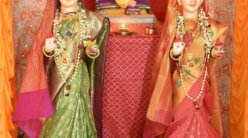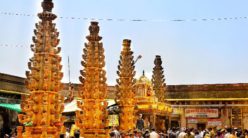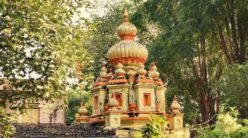
Gudi Padwa is a Hindu festival celebrate on the first day of the Chaitra month according to the Hindu calendar. This auspicious festival marks the New Year for all Maharashtrians and Hindu Konkanis and is widely celebrated in India. So that the term ‘Padava’ is derived from Sanskrit word, ‘Pratipada’, which means the first day of the bright phase of the moon. The people of Maharashtra consider Gudi Padwa as the holy festival and because of that it holds a lot of importance and significance in their life.

On this auspicious occasion, and also many people buy new products including ornaments, houses, etc. Making puran poli or shikhand puri on the day. This festival also marks the end of one agricultural harvest and the beginning of another. Celebrating Gudi Padwa was first started by Indian warrior king and the veteran Maratha leader Chhatrapati Shivaji Maharaj, which symbolised the victory when he defeated Sakas
The festival of Gudi Padwa signifies the victory of good over bad. In preparation of this day, people clean their houses and also decorate their doorsteps with beautiful and colourful Rangoli. Then they hang toran outside their home which is make from mango leaves and flowers. On the day of Gudi Padwa, people take oil bath, wear new clothes and also offer prayers to Lord Surya.
What is Gudi?

First of all take wooden stick which covered with a piece of bright colored cloth. Tie neem leaves, sugar candy(saakhar gaathi)and chaafa (plumeria) flower
Then a kalash made of silver, copper, bronze or steel place on upside down on one end of the stick.
And finally a dash of kumkum and haldi (vermilion and turmeric) apply on the outer surface of the kalash.
This ensemble called as Gudi. Most of all it place outside the door or the window, so that everyone in the vicinity get to see it.
Spiritual significance of the Gudi Padwa
On this day Lord Ram returns to Ayodhya along with consort Sita and brother Lakshman after defeating demons king Ravana in lanka. Because of that we celebrate gudi padwa.





